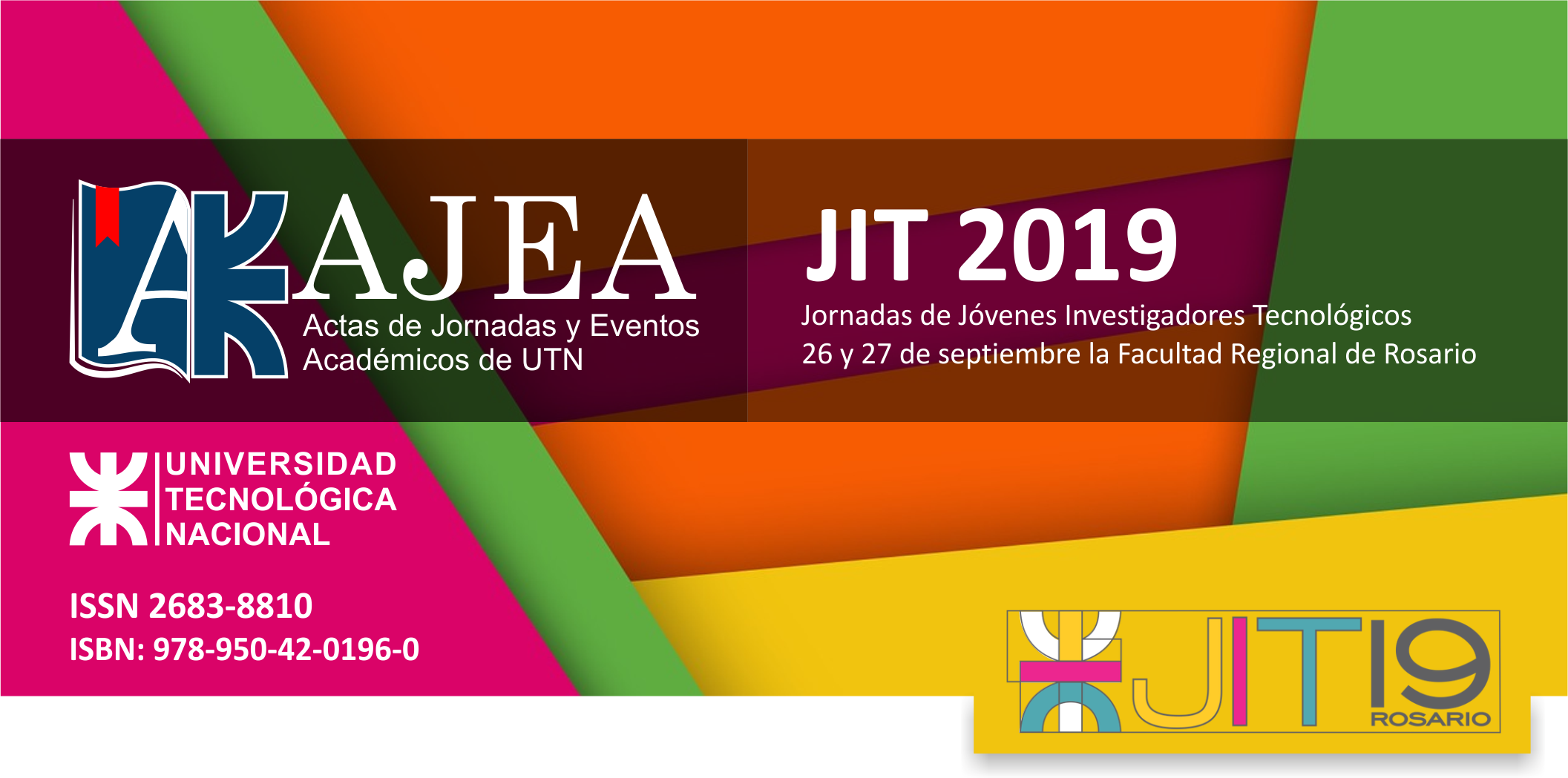Tool application for determining crop water requirement for animal feeding
Keywords:
water footprint, soil, feeding, sustainabilityAbstract
Agricultural production has traditionally used large land extensions to meet food demand, but, at present, some activities intensified in their management, changing their geographical distribution and producing large impacts on water consumption. The objective of this work is to estimate the green and blue water footprint (HHve, HHaz) of a dryland crop (crop without irrigation) used for animal feed. For the study, CROPWAT 8.0 program, crop management data from INTA technical reports and two-year agrometeorological records were used. The results of “HHve”, “HHaz” and its wáter requirements (mm/campaign), allow to conclude that, there is great similarity between the
scenario obtained in the software and what is stated in INTA reports, admitting that, the use of this computer tool can be very useful for the appropriate use and sustainable soil management when diagramming a cultivation system.










